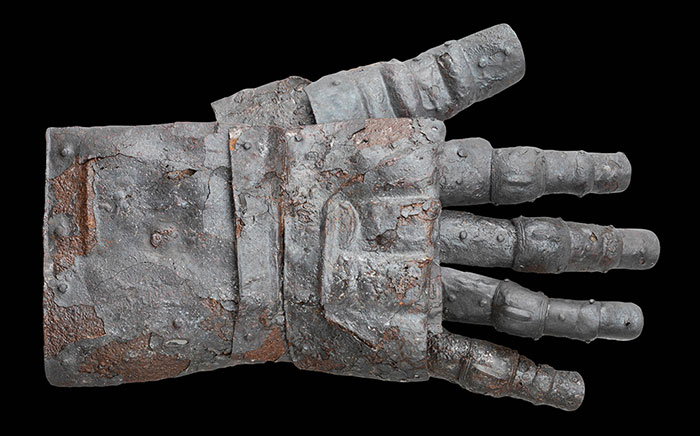
MOSCOW, RUSSIA—DNA analysis has revealed that two women and a young man whose remains were recovered from a medieval mass grave in northwestern Russia were a 55-year-old grandmother, her 30-to-40-year-old daughter, and her grandson, who was about 20, according to a Live Science report. The grave is one of nine burial pits found in Yaroslavl, a city located at the confluence of the Volga and Kotorosl Rivers, where more than 300 massacred residents were interred after an attack by Mongol soldiers under the command of Batu Khan in A.D. 1238. A team of scientists from the Institute of Archaeology at the Russian Academy of Sciences and the Moscow Institute of Physics and Technology decided to test these three skeletons, discovered at the site of what may have been a wealthy estate burned down during the attack, because they shared certain skull features, in addition to signs of spina bifida—a hereditary birth defect that affects the spinal cord. Asya Engovatova, director of excavations at Yaroslavi, said the three individuals also suffered from more advanced tooth decay than many of the other remains found in the city’s burial pits, indicating they may have eaten more honey and sugar, befitting their status. A fourth individual who was buried in a nearby grave may have also been a maternal relative, she added. To read about two young hunter-gatherers buried together at the Russian site of Sunghir, go to "Alternative Deathstyles."










